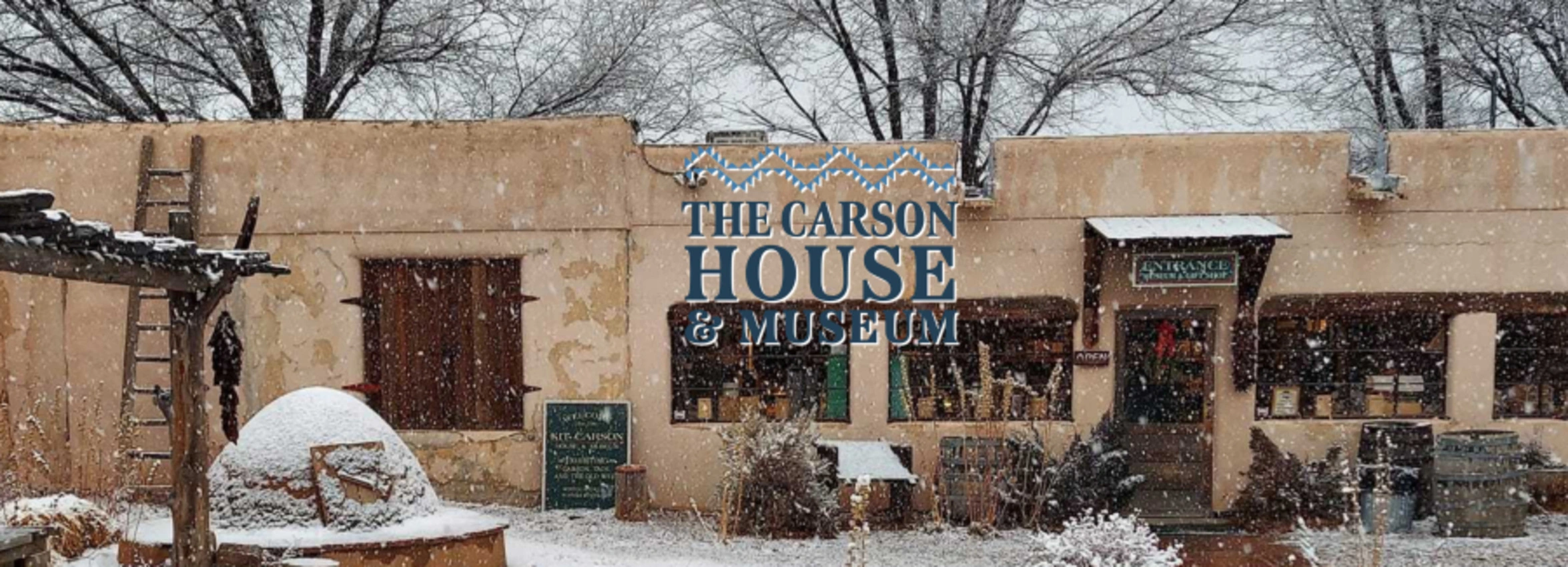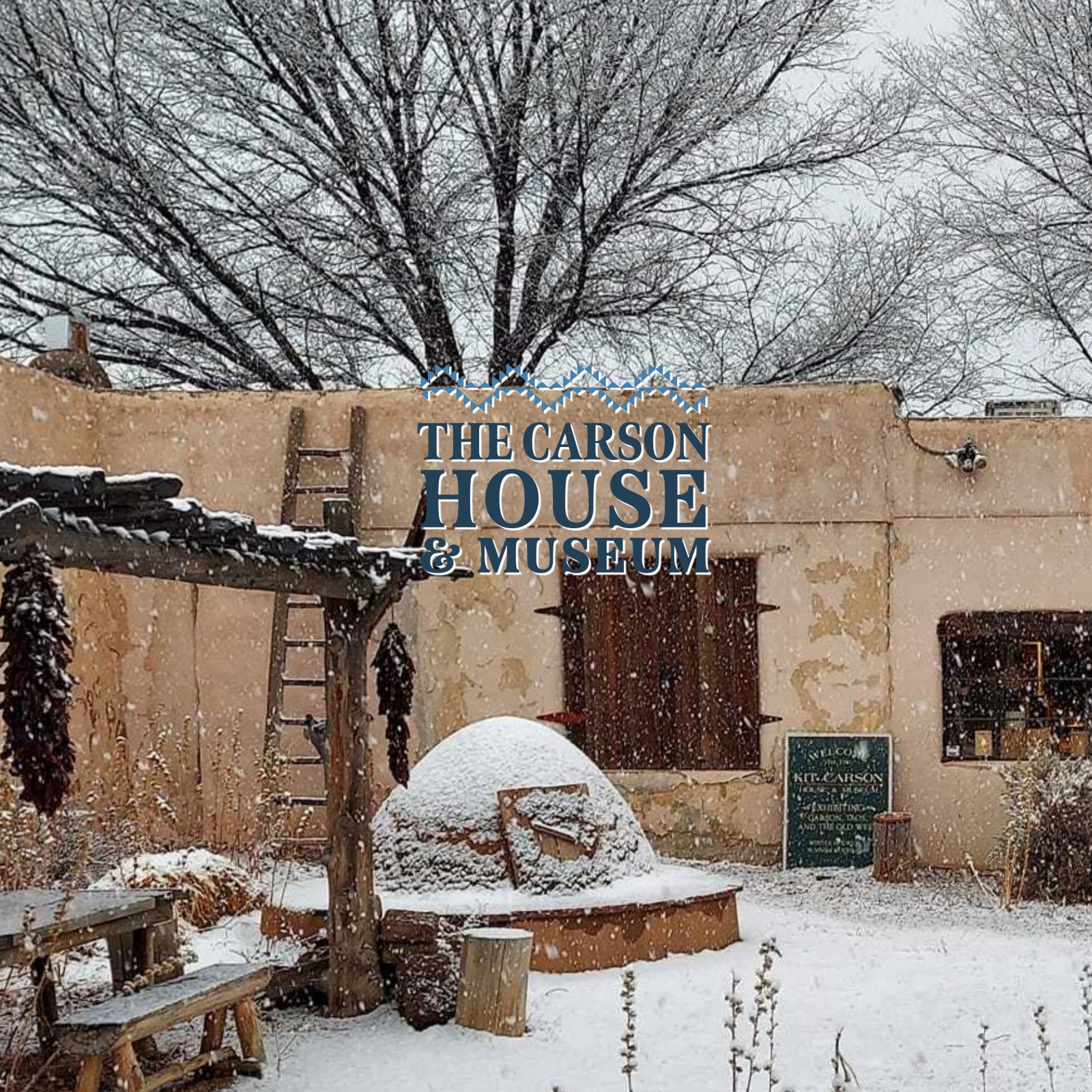Discovering the History of Taos, New Mexico
Taos, New Mexico, is a tapestry of natural beauty, deep-rooted cultures, and an art scene that has attracted visitors from around the globe. Its history is a fascinating narrative of convergence and coexistence, where ancient traditions blend with new influences to create a community unlike any other. This long-form article delves into the rich history of Taos, New Mexico, unfolding its past to understand the present and look towards the future.
Taos: The Sacred Land
Before Taos became known to the outside world, it was, and remains, a sacred place for the Native American tribe of the Taos Pueblo. The Taos Pueblo is one of the oldest continuously inhabited communities in North America, with origins dating back over a millennium. This living World Heritage Site represents the resilience and cultural integrity of the Pueblo people, who have maintained their traditions, language, and way of life against all odds.
The Spanish Arrival
The history of Taos took a dramatic turn with the arrival of the Spanish in the late 16th century. Juan de Oñate led the Spanish colonization efforts, introducing Christianity, European agricultural practices, and new governance structures. This era was marked by a clash of cultures, leading to periods of tension and rebellion, most notably the Pueblo Revolt of 1680, where the indigenous peoples temporarily reclaimed their land from Spanish control.
The Mexican Period
After Mexico gained independence from Spain in 1821, Taos became part of the Mexican frontier. During this time, Taos emerged as a significant trading post, drawing traders, trappers, and settlers from the burgeoning United States. The Taos Revolt of 1847, a violent insurrection against the newly established American governance, underscored the region’s resistance to external control and its fierce spirit of independence.
The American Territorial Era
Following the Mexican-American War, the Treaty of Guadalupe Hidalgo in 1848 ceded Taos and the rest of New Mexico to the United States. This transition brought significant changes, including the establishment of Fort Burgwin and the integration of Taos into the American economic and legal systems. Despite these shifts, the cultural identity of Taos remained intact, nurtured by its indigenous and Hispanic communities.
The Birth of an Art Colony
The early 20th century marked the beginning of Taos’s transformation into an art colony. Attracted by the enchanting landscapes and the rich cultural tapestry of the town, artists such as Ernest Blumenschein and Bert Phillips founded the Taos Society of Artists in 1915. This collective played a pivotal role in putting Taos on the map as a destination for creative minds, laying the groundwork for the vibrant art scene that thrives today.
The Taos Revival
The mid-20th century saw a resurgence of interest in Taos’s unique heritage, sparked by the arrival of visionary individuals like Mabel Dodge Luhan. Luhan, a wealthy patron of the arts from New York, invited artists, writers, and thinkers to her home in Taos, fostering a creative community that drew national attention. This period also witnessed the revitalization of traditional crafts and the preservation of historical sites, contributing to the town’s cultural renaissance.
Taos in Modern Times
Today, Taos is a harmonious blend of its multi-layered history and contemporary influences. It continues to be a sanctuary for artists, a stronghold of indigenous and Hispanic cultures, and a model for historical preservation and ecological sustainability. The town’s enduring appeal lies in its ability to honor its past while evolving to meet the future, making it a unique jewel in the crown of New Mexico.
Preserving the Legacy
Efforts to preserve Taos’s historical legacy are evident throughout the town, from the meticulously maintained Taos Pueblo to the historic homes converted into museums, like the Kit Carson Home & Museum and the Harwood Museum of Art. These institutions play a crucial role in educating visitors and residents alike about the town’s storied past.
The Impact of Tourism
Tourism has become a significant part of Taos’s economy, drawn by its historical sites, art galleries, and natural wonders like the Rio Grande Gorge. While tourism provides economic benefits, the community remains vigilant in balancing growth with the preservation of its cultural heritage and natural resources.
Taos: A Beacon for the Future
As Taos looks to the future, it stands as a beacon of cultural preservation, artistic innovation, and community resilience. Its history is not just a record of the past but a living, breathing part of its present identity, shaping how it navigates the challenges and opportunities of the future.
Conclusion: The Timeless Appeal of Taos
The history of Taos, New Mexico, is a testament to the enduring spirit of its people and the magnetic allure of its landscapes and cultural heritage. From ancient pueblo dwellers to modern artists, the residents of Taos have created a community that celebrates diversity, fosters creativity, and respects the natural environment. As Taos continues to evolve, it remains a place where history is not just remembered but actively lived, offering lessons of resilience and beauty that resonate far beyond its borders.


